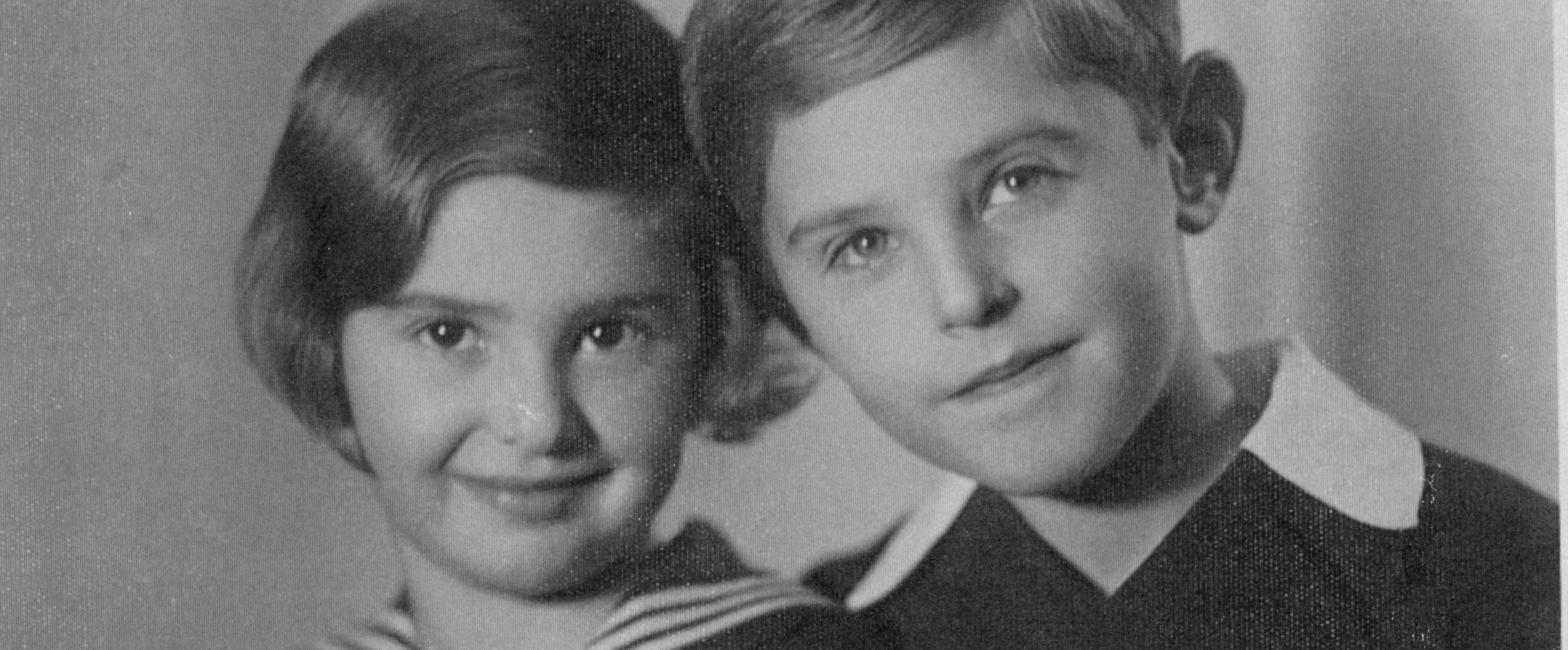Hope in hopeless times
And what about hope? Since the beginning, thanks in part to her buoyant, irrepressible spirit and in part to her words, “I still believe that human beings are good at heart,” Anne and her diary have been nearly synonymous with a particular form of hope, that is, faith in humanity and the future.
Her words became not only a comfort for millions but a sort of moral imperative, as if to fail at hoping was to fail at being human. Or, alternatively, as if her benediction absolved us all for the moral failure of the Holocaust. But this line – quoted by Meyer Levin, who reviewed the diary in the New York Times Book Review in 1952 and introduced it to America – was plucked out of context and skewed over time to present a message that suited the audience more than it reflected Anne’s more nuanced thinking. The passage, written on July 15, 1944, follows:
It's difficult in times like these: ideals, dreams and cherished hopes rise within us, only to be crushed by grim reality. It's a wonder I haven't abandoned all my ideals, they seem so absurd and impractical. Yet I cling to them because I still believe, in spite of everything, that people are truly good at heart.
It's utterly impossible for me to build my life on a foundation of chaos, suffering and death. I see the world being slowly transformed into a wilderness, I hear the approaching thunder that, one day, will destroy us too, I feel the suffering of millions. And yet, when I look up at the sky, I somehow feel that everything will change for the better, that this cruelty, too, shall end, that peace and tranquility will return once more.
In fact, hope and its inevitable companion, despair, are among the most prevalent of the themes that run through the diaries of this period. On this subject, too, there are nuances upon nuances across the body of material: some writers expressed determined hope in the face of despair, others voiced fear, supplication to God, resignation, rage, or philosophical acceptance.
If there is a virtue in confronting these writers’ points of view, it perhaps lies in seeing their great multiplicity, which, in turn, prevents us from too easily adopting any judgment as our own. The answers to these most difficult questions must lie somewhere in the material’s wide and endless range.
